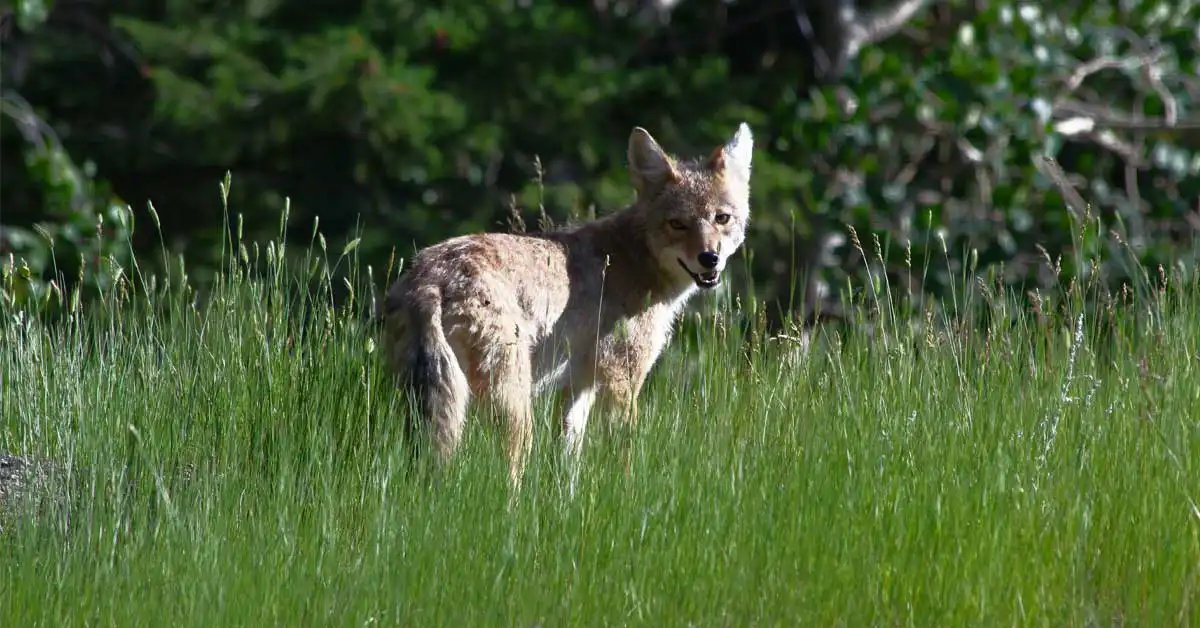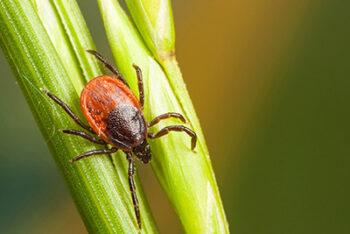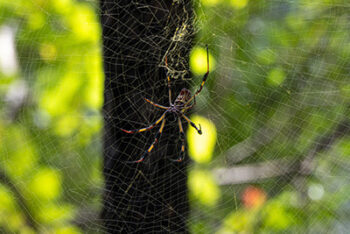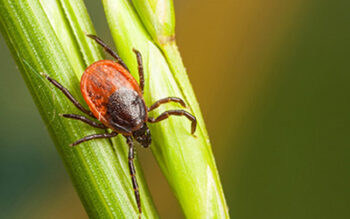
When you hear the word “coyote,” you probably think of prairies and desert areas, old Westerns, or cartoons. But did you know that coyotes now live on Long Island?
Coyotes actually live in most areas of the United States – as well as Canada, Mexico, and Central America. As people have taken over wilderness areas, coyotes (who are very intelligent) have learned to adapt… even living in cities like Los Angeles, Washington, D.C., Chicago, and New York.
How Did Coyotes End Up on Long Island?
Coyotes have been in New York for quite a while but originally were only upstate, which has an estimated population of 30,000 coyotes. Then people observed a coyote in Central Park. Similarly, experts also found a coyote in Staten Island.
Wildlife biologist Mike Bottini of Seatuck believes that the coyotes migrated to Long Island from the Bronx by either swimming the East River or by walking along the aqueducts to Queens. Once on Long Island, some of the coyotes began moving further east.
As of December 2020, Bottini said at least nine coyotes are Long Island residents with at least one mated pair (coyotes mate for life). Six are in western Nassau in the Manhasset/Port Washington region, and three are in Suffolk, with one seen in Mattituck and two on the south fork. One was also spotted in Robert Moses State Park. Bottini did not provide a coyote pup estimate.
Coyotes have settled in well on Long Island. While 90 percent of their diet is mammal meat, they’re technically omnivores that will eat insects, fruit, snakes, and grass to supplement their primary diet of rabbits, rodents, frogs, fish, and deer. Voles and squirrels are also a favorite.
However, for true peaceful coexistence with coyotes, you need to keep your small dogs on a leash and your cats and dogs inside at night, so they do not become prey. Also, keep your garbage tightly sealed, so you don’t end up feeding them.
How Can You Tell a Coyote from a Dog?
Dogs and coyotes are members of the canid family, just like wolves and foxes. From a distance, they could look like a large dog, but a coyote’s tail hangs straight down – unlike a dog’s tail – and it never, ever wags. Coyote tails also have a black tip.
Eastern coyotes, including those on Long Island, are generally larger than western coyotes. DNA testing has shown that it is due to interbreeding with gray wolves. Eastern coyotes range from 35 to 60 pounds, whereas western coyotes average 20 to 40 pounds. Grey wolves, by contrast, can weigh up to 175 pounds.
What Does a Coyote Sound Like?
Coyotes are very vocal creatures communicating in howls, yips, whimpers, and barks. In fact, “coyote” means “song dog.”
Coyotes mostly howl from sunset to sunrise any time of year but howl more often during the mating season, which is January through March. Here is a sample of what coyotes sound like as well as this video which demonstrates some of the 11 types of vocalizations coyotes make.
Due to their intelligence, in folklore, coyotes are often considered tricksters, and their howl can create an auditory illusion of a larger group. Known as the “beau-geste” effect, the combination of vocalizations two coyotes can make, combined with sound distortion as it moves through an environment, two can sound like a group of seven or more.
Are Coyotes Nocturnal?
Yes, coyotes are nocturnal, but not strictly so. While they are most active after sunset, they will also sometimes be active during the day.
Are Coyotes Good or Bad for Long Island?
Coyotes could actually be a benefit to Long Island by restoring eco-balance. Without any predators on Long Island besides humans, white-tailed deer have proliferated excessively.
At one time, Long Island was home to gray wolves and bobcats – both of which would hunt deer. Since white-tailed deer carry deer ticks, their high population also greatly increases the number of tick bites and Lyme disease transmission.
The grazing from a high deer population also throws forest ecosystems out of balance, according to a New York State Department of Environmental Conservation (NYSDEC) report. If coyotes rein in the local deer population, those ecosystems could regain balance.
Let Arrow Exterminating Handle Your Pest Problems
If you spot a coyote, you need to contact the Department of Environmental Conservation as we do not handle coyote issues. For every other kind of pest and vermin, call the experts at Arrow Exterminating. From ticks to termites and much more, our professional services will provide the peace of mind you need. To get started, contact Arrow Exterminating today.





